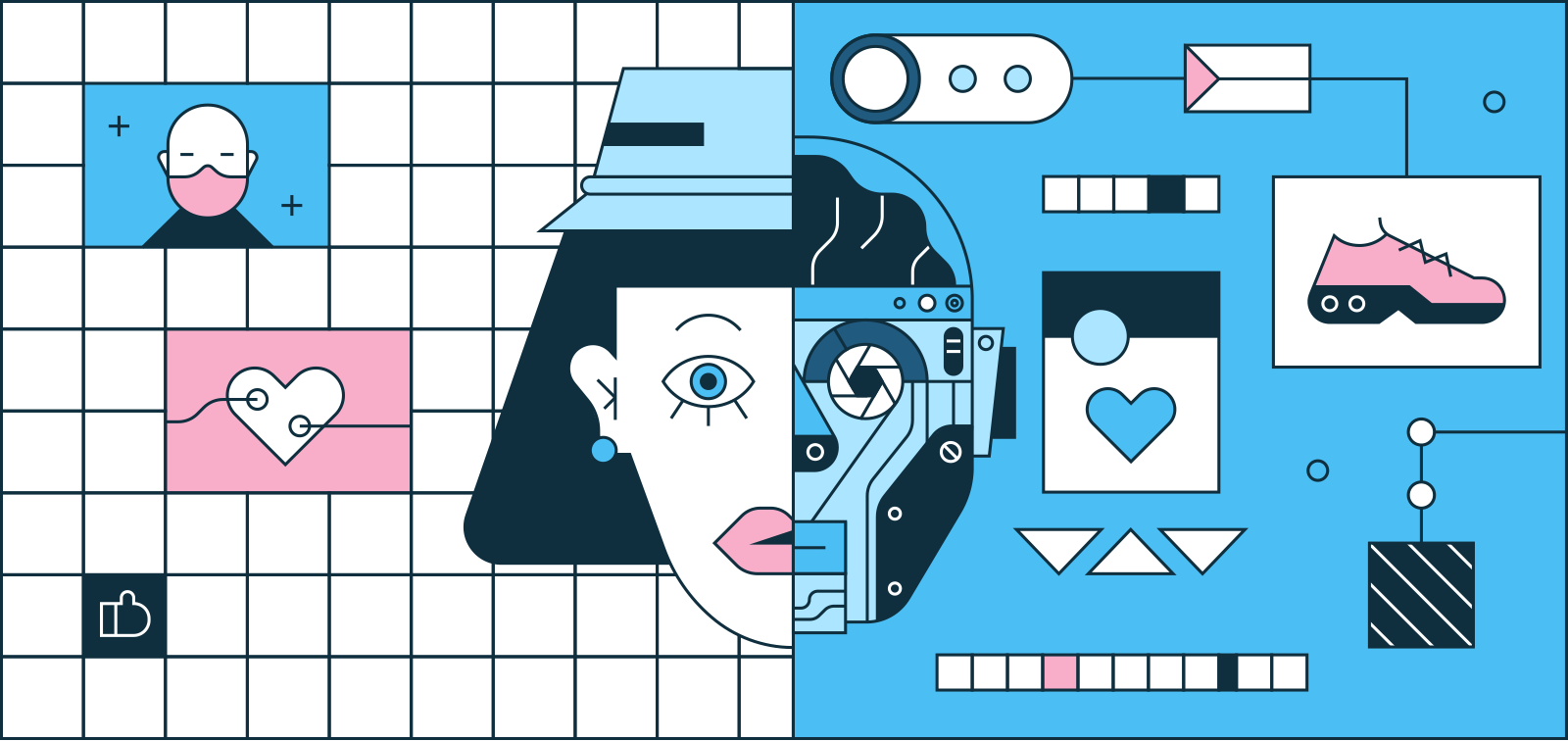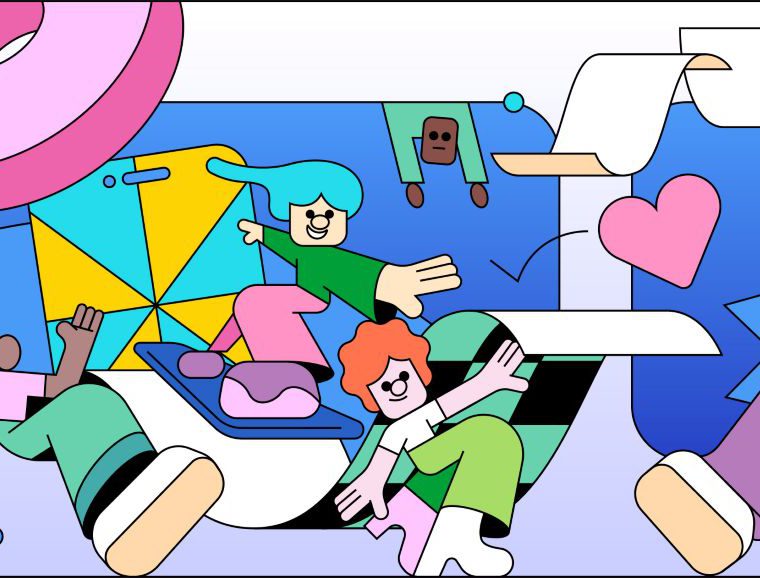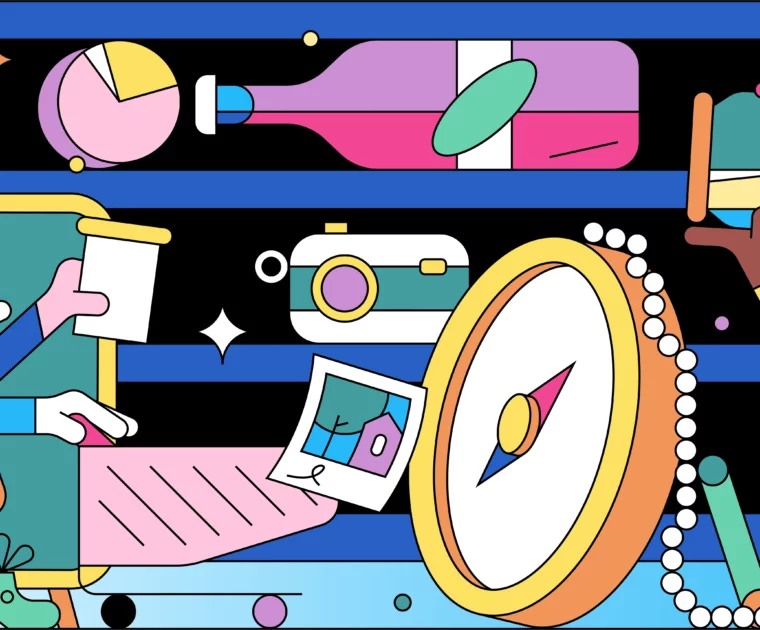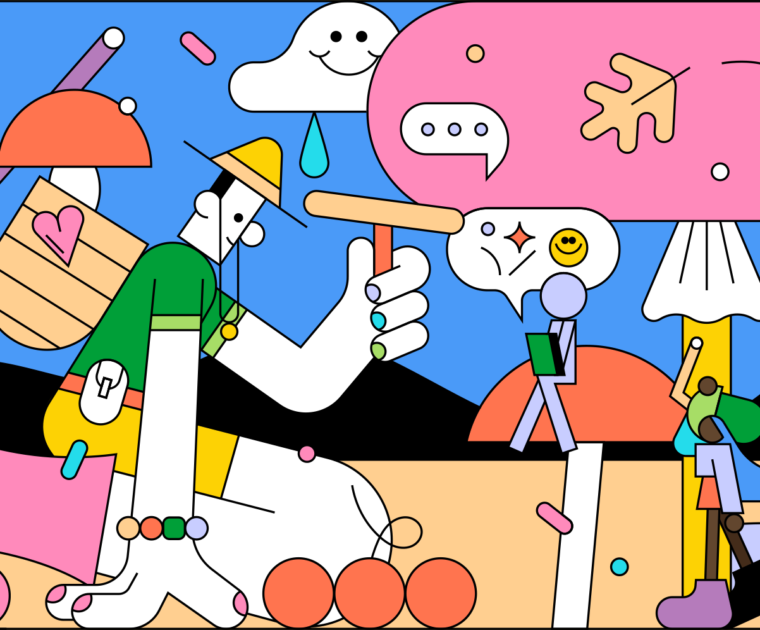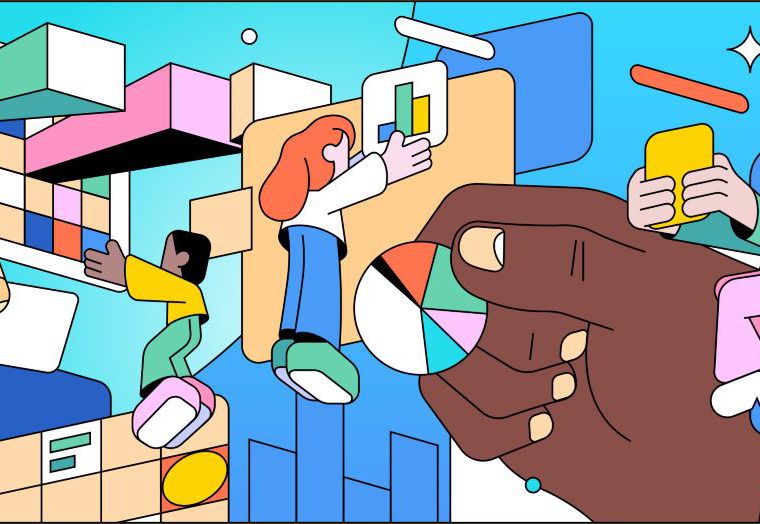Technology is totally reshaping how brands engage, connect, and create in 2025. From virtual influencers redefining what it means to build a digital persona to AI tools revolutionizing content creation, these innovations aren’t just enhancing marketing—they’re setting the stage for its future. Virtual influencers are finding their stride in niche markets, while AI tools are enabling brands to scale their storytelling without sacrificing creativity. For brands willing to embrace these technological leaps, the opportunities to stand out and resonate are endless.
Here’s the tech transforming influencer marketing in 2025.
Virtual Influencers
AI-driven avatars first started making waves around 2016, catching the attention of marketers and audiences alike. By 2019, the hype had turned into tangible campaigns, with virtual influencers like Lil Miquela and and Blawko making headlines for their ability to blur the lines between fantasy and reality. Shudu and Zhu killing it in Balmain’s campaign. Back then, the conversation was all about novelty and potential. Lil Miquela, a self-proclaimed robot who released a half-dozen songs, interviewed J Balvin at Coachella, racked up millions of followers on Instagram, and earned thousands of dollars per bran collab. And she had friendship drama, which I cataloged in a post back in 2019.
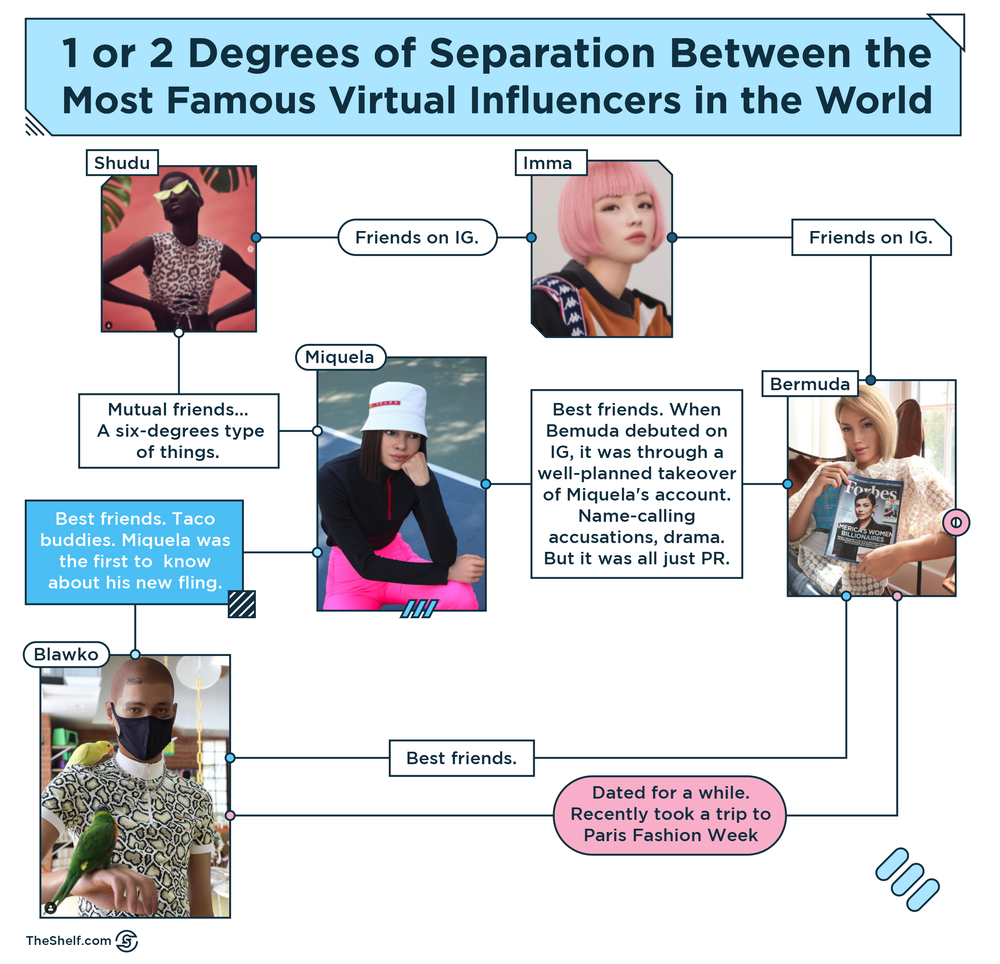
It was wildly innovative stuff.
Fast forward to 2025, and virtual influencers are stepping into new roles as niche players in influencer marketing. AI influencers aren’t just digital faces; they’re brands in their own right. They work 24/7, instantly adapt to trends, and tailor their personas to resonate with highly specific audiences. Their precision is unmatched, making them ideal for niches like gaming, luxury fashion, and tech. And unlike Miquela and her cohorts, this generation of AI influencers look human. In fact, it’s hard to tell that they aren’t human influencers. Take a look at micro AI influencers @lia_byte and lia’s friend, macro AI influencer Aitana Lopez on Instagram @fit_aitana.
Holy bruh.
Insane, right?
That said, their core audience skews young. Virtual influencers may not resonate with your over-30 crowd just yet, but they’re worth exploring as a future-focused play. Think of them as a way to engage the younger, tech-savvy audience now while positioning your brand to grow with them as they age up.
Why it matters
Virtual influencers represent the future of hyper-targeted marketing. They combine the relatability of traditional influencers with the scalability and control of AI-driven technology. Brands can collaborate with virtual influencers to create immersive campaigns, test new markets, and even experiment with personas that would be impossible to achieve with human creators. As AI capabilities expand, these digital personalities will move beyond novelty, playing significant roles in personalized customer experiences, virtual events, and product endorsements.
What to do now
- Start developing your strategy. Most brands aren’t targeting audiences that are fully receptive to AI influencers yet. But this isn’t about immediate returns—it’s about testing the waters and understanding the possibilities.
- Think of it as a learning phase. Just as brands experimented with the metaverse, AI influencers provide an opportunity to explore what’s possible. The goal isn’t instant ROI but building expertise in case this trend accelerates.
- Plan for the future. Depending on how tech evolves, virtual influencers could go mainstream faster than expected. Position your brand now so you’re not scrambling to catch up in 5 years if adoption takes off..
AI Integration in Content Creation
AI tools have moved from novelty to necessity when it comes to content creation. They’re helping brands scale production, stay consistent, and show up in more places online without sacrificing quality. From generating captions and product descriptions to enhancing visuals and creating adaptive video formats, AI is expanding the possibilities of what brands can achieve creatively.
What sets today’s AI tools apart is their ability to maintain brand voice and quality at scale. These tools aren’t about replacing human creativity—they’re about amplifying it. Brands that embrace AI for content creation can produce high-quality, platform-specific assets faster, allowing them to stay nimble in an always-on digital landscape.
Why it matters
The demand for content is at an all-time high. Consumers expect brands to meet them where they are, whether it’s on TikTok, Instagram, YouTube, or the next big platform. AI tools make this possible by generating content efficiently and adapting it to fit various formats and audiences. By 2025, AI is expected to assist in producing 30 percent of outbound marketing messages for large organizations, allowing marketers to focus more on strategy and innovation.
More importantly, AI integration ensures that brands can stay relevant in a fast-paced, ever-changing landscape. It enables real-time customization and personalization, ensuring content resonates with audiences on a deeper level.
What to do now
- Adopt AI tools strategically. Use them to create and adapt content for multiple platforms without losing brand consistency.
- Pair AI with human creativity. AI can handle scale and efficiency, but humans are still essential for ideation, storytelling, and emotional resonance.
- Test adaptive formats. Experiment with AI-driven adaptive content like shoppable videos, multilingual captions, or dynamic ads that tailor messaging to specific audience segments.
- Invest in training. Ensure your teams know how to use AI tools effectively, integrating them into workflows while maintaining oversight and quality control.
Conclusion:
The future of influencer marketing is here, and it’s powered by innovation. Virtual influencers and AI tools are no longer just novel ideas; they’re becoming integral to how brands build relationships, test markets, and deliver content at scale.
Success in 2025 will mean blending these technologies into your strategies, experimenting with their potential, and preparing for a world where digital and human creativity work hand in hand. The question isn’t whether these technologies will define the next wave of marketing—it’s whether your brand is ready to lead it.


